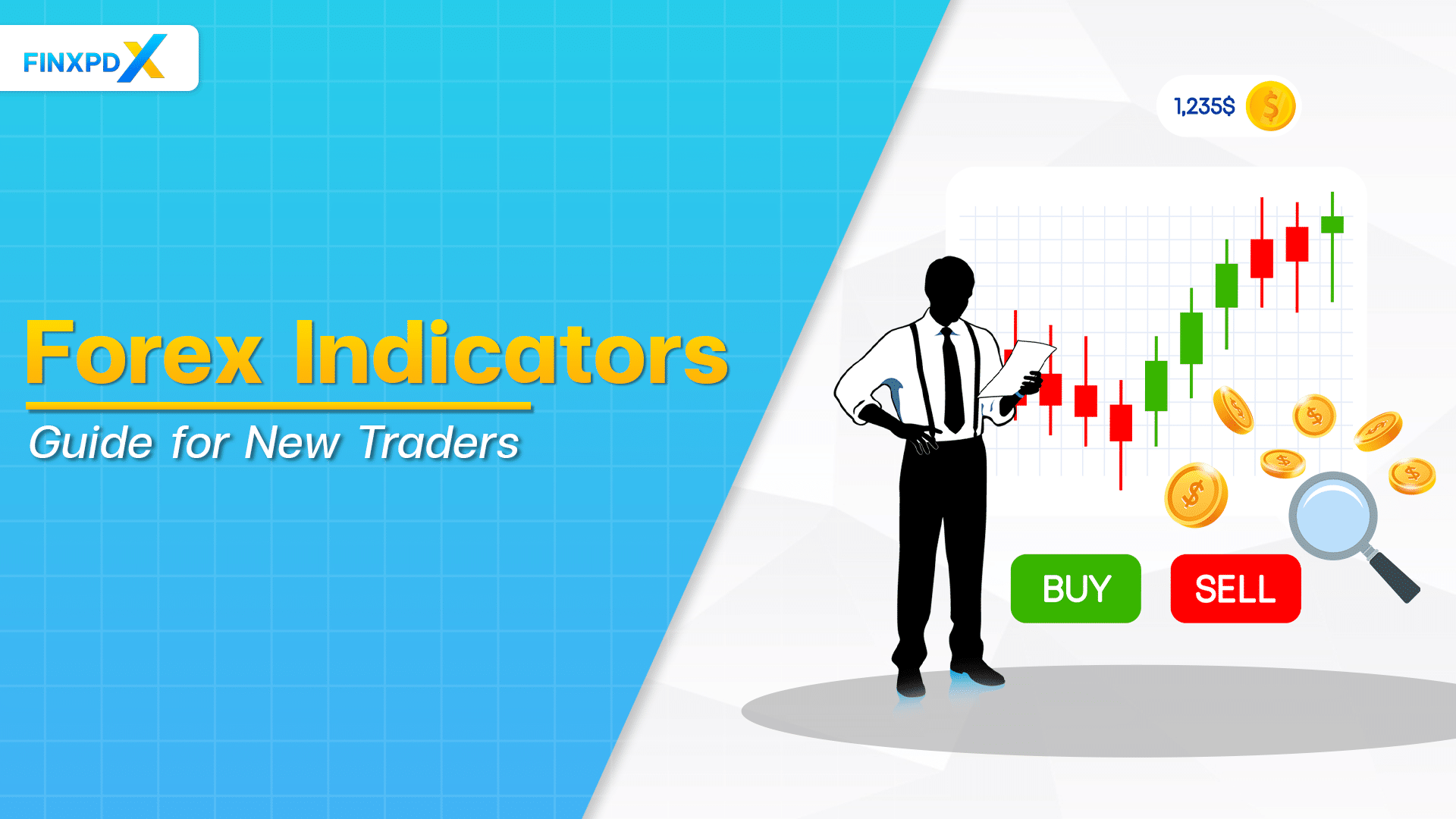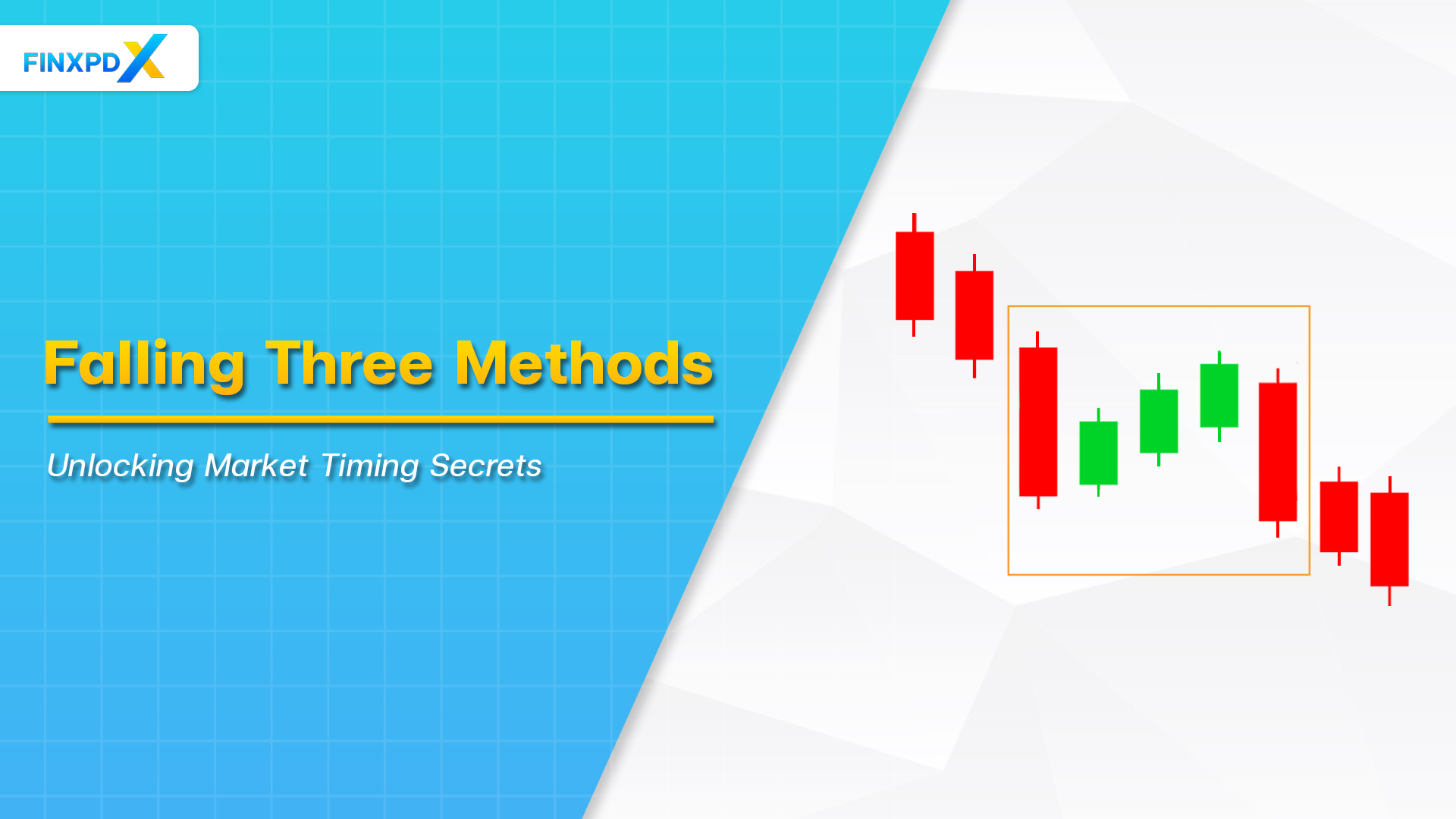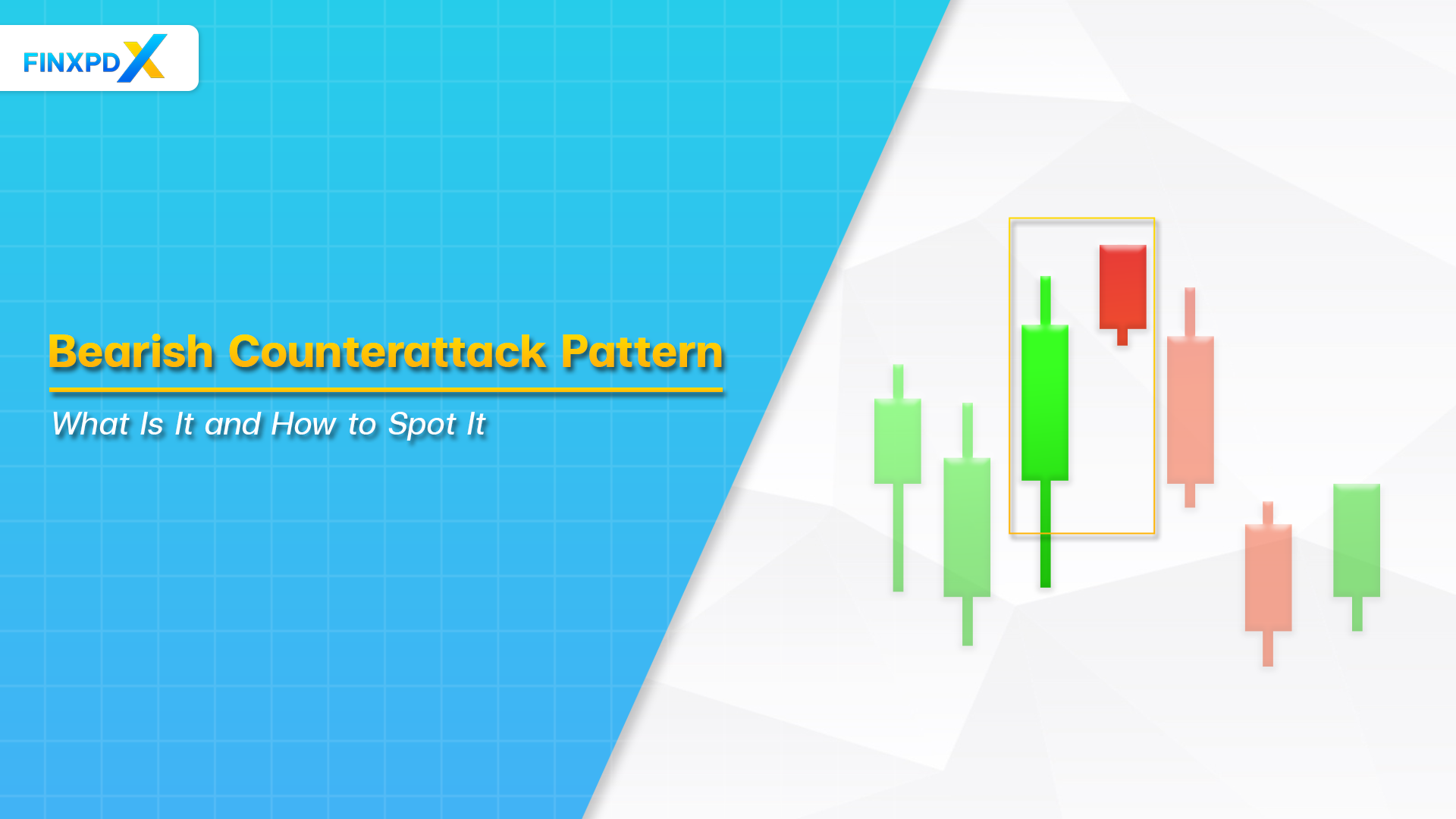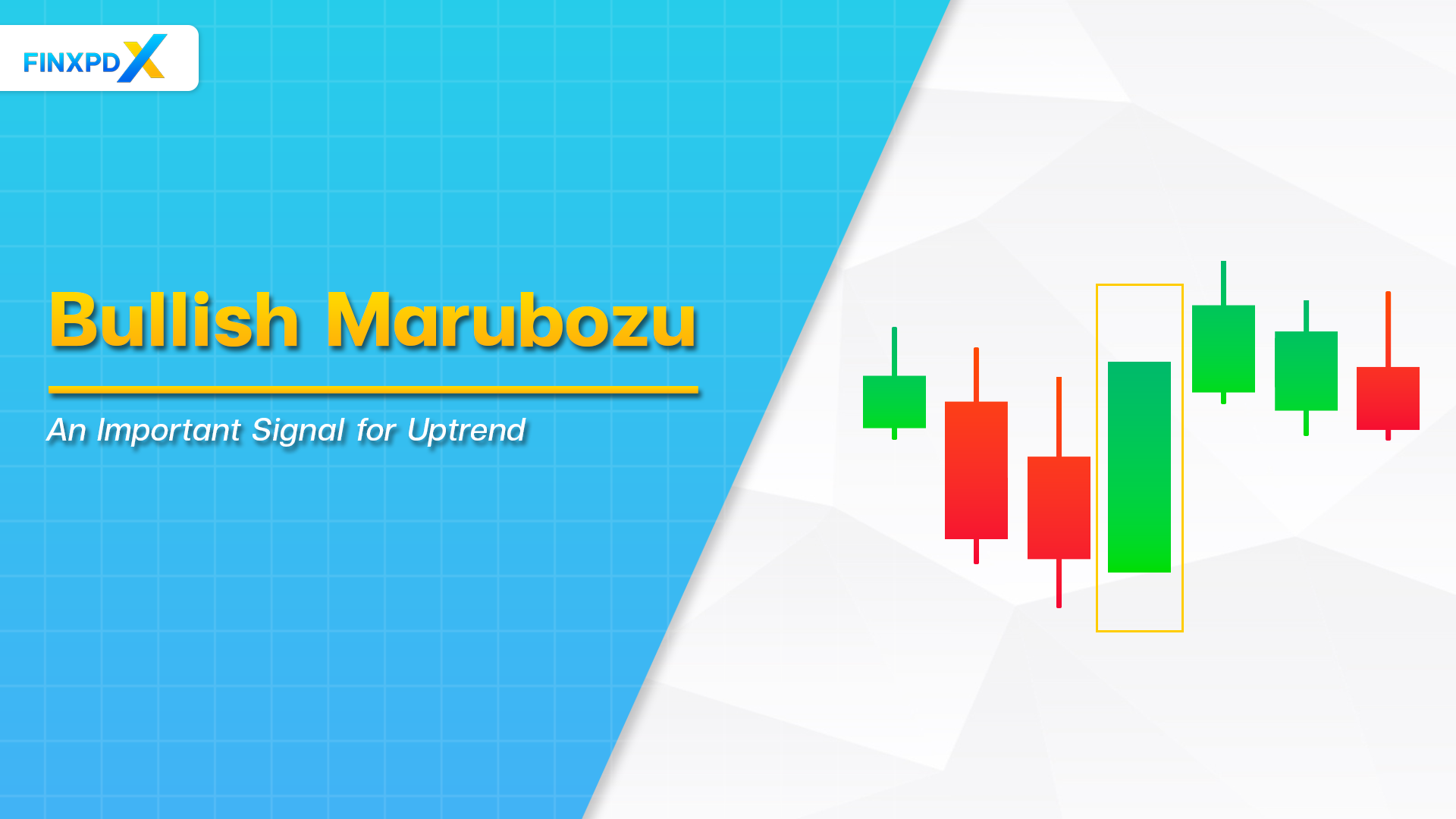Forex trading is booming, drawing people from various backgrounds to dive into the dynamic world of currencies. A key feature that sets forex trading apart is using forex indicators. These mathematical formulas serve as invaluable tools for traders, helping them predict future price movements and identify trading opportunities.
This article aims to be your guide for decoding the complexities of forex indicators. By providing an in-depth look at how these indicators work and how they can be applied effectively in your trading strategy, we hope to empower you with the knowledge needed to enhance your trading performance and increase your profitability in the forex market.
What Are Forex Indicators?
Forex indicators are essential tools that help traders navigate the often volatile currency markets. These tools utilize data such as price and volume to pinpoint potential trading opportunities, integrating forex indicators into their analysis to simplify complex market data.
This tool helps traders understand market trends and accurately predict future price movements. However, while forex indicators can significantly enhance trading strategies, they are uncertain. Effective use of these indicators requires robust risk management strategies to mitigate potential losses and maximize gains in the forex trading environment.
Key Takeaways
- Forex indicators are mathematical tools traders use to predict future market movements and make informed trading decisions.
- Forex indicators analyze historical price data and volume to identify patterns or signals suggesting future market activities.
- There are several types of forex indicators, including trend indicators, momentum indicators, volume indicators, and volatility indicators.
- When choosing indicators, consider your trading style, market conditions, the simplicity of the indicator, and the specific objectives of your trading strategy.
Types of Forex Indicators
Forex indicators are essential for traders and are designed to analyze complex market data. These indicators are divided into 4 main categories: trend indicators, momentum indicators, volume indicators, and volatility indicators. Each type provides unique insights, helping traders tailor their strategies to align with current market conditions.
1. Trend Indicators
Trend indicators assist traders in determining the market’s direction by clarifying whether prices are rising, falling, or stabilizing. Prominent examples include the Moving Average (MA), which smooths price data over a specific period to reveal underlying trends, and the Moving Average Convergence Divergence (MACD).
The MACD tracks trend direction and emits potential buy or sell signals through the interaction of short-term and long-term moving averages. By effectively utilizing these tools, traders can optimize their market entry and exit strategies to enhance their decision-making process.
2. Momentum Indicators
Momentum indicators concentrate on the speed of price changes, aiding traders in detecting price reversals and overbought or oversold conditions. Among the fundamental tools are the Relative Strength Index (RSI), which quantifies the velocity and magnitude of directional price movements, and the Stochastic Oscillator that compares an asset’s closing price to its price range over a certain period.
These forex indicators are invaluable for traders looking to gauge momentum and make timely decisions based on the strength or weakness of market trends.
3. Volatility Indicators
Volatility indicators measure the speed and magnitude of price fluctuations, providing insights into the extent of price variability. Significant price swings characterize high volatility, whereas low volatility suggests more stable prices. Bollinger Bands, a widely used volatility indicator, consist of a middle band with two outer bands that expand and contract based on volatility levels. Another essential tool is the Average True Range (ATR), which calculates the average price range over a specific period to understand market volatility better.
These tools are excellent for traders to assess risk and manage their strategies effectively during different market conditions.
4. Volume Indicators
Volume indicators track the number of traded shares or contracts, assisting in assessing the strength behind price movements. The On-Balance Volume (OBV) is a main tool that adjusts volume according to the price direction to signal trends. It adds volume on up days and subtracts on down days, providing insights into market momentum.
Another excellent volume indicator, the Money Flow Index (MFI), merges price and volume data to detect overbought or oversold conditions to offer traders valuable clues about potential price reversals and market sentiment. These forex indicators are instrumental for traders aiming to understand the power of market trends.
How Do Forex Indicators Work?
Forex indicators function as analytical tools that interpret vast amounts of market data into actionable insights for traders. They operate by applying mathematical formulas to historical price and volume data, generating indicators that predict future market trends and potential price movements. Displayed as graphs or lines directly on trading charts, these indicators help traders visualize market conditions and make informed decisions.
Common forex indicators include moving averages, which smooth out price data to reveal trends, and oscillators, which indicate overbought or oversold conditions. Traders must combine these tools with a comprehensive understanding of market forces and sound risk management practices, as forex indicators cannot predict sudden market shifts caused by geopolitical events or economic announcements.
Factors to Consider When Choosing Indicators
Choosing the right forex indicators can greatly impact the success of your trading strategy. With so many options, making the best choice can be challenging. Here are some important aspects to think about when choosing forex indicators to guide you.
1. Trading Style
The indicators you choose should match your trading approach. Different styles like scalping, day trading, or position trading need different kinds of data. For example, a scalper who aims for quick gains from small price shifts might favor volume or momentum indicators.
2. Compatibility With Market Conditions
Indicator performance can differ based on market conditions. Some work well in trending markets, while others excel in range-bound scenarios. For instance, Moving Averages are great in trending markets but can give false signals in a flat market. On the other hand, oscillators like RSI may work well in a ranging market but could trigger early exits in trending ones.
3. Simplicity
While intricate indicators may seem advanced, they can often confuse, especially new traders. It’s key to choose indicators that are easy for you to grasp. The main goal of an indicator is to make market data simpler and offer clear trading cues.
4. Indicator Redundancy
While using multiple indicators can boost confidence, too many can create confusion and overlap. Avoid using several that offer the same insights, as it can muddle your analysis.
5. The Asset Being Traded
Different assets have varying volatility and behavior. An indicator that works for one asset may not suit another. Choose indicators that align with the traits of the assets you’re trading.
6. Risk Tolerance
Your risk tolerance can guide your indicator choice. If you’re risk-averse, choose indicators that spot potential reversals to exit before big drops. If you’re open to more risk for higher gains, choose indicators that help you capitalize on larger price swings.
⚠️ Tip: No indicator is 100% accurate; be aware of the potential for false signals.
Conclusion
Forex trading indicators enhance a trader’s market analysis and facilitate informed trading decisions. Although indispensable, these indicators should be integrated into a comprehensive trading strategy. Selecting the appropriate indicators requires consideration of your trading style, risk tolerance, the specific asset being traded, and prevailing market conditions.
It is equally important to understand the mechanics and limitations of the chosen indicators thoroughly. Testing them through demo accounts or backtesting helps refine their use. While forex indicators are valuable tools, they are not foolproof and should be employed judiciously in conjunction with other trading resources to build a robust trading approach.
FAQs
Forex indicators are mathematical tools that traders use to analyze currency market data. They help identify trends, momentum, volatility, and volume, providing insights for making informed trading decisions.
The best forex indicators can vary depending on your trading style and the market conditions. Common ones include Moving Averages, RSI, and Bollinger Bands.
Indicators can be profitable if used correctly as part of a comprehensive trading strategy.
Many traders use Moving Averages for their versatility in different market conditions.
There’s no one-size-fits-all answer to which forex indicator is the “most accurate.” The effectiveness of an indicator can vary based on trading style, the asset being traded, and market conditions.
Related Articles:
- Forex Trading: The Complete Guide to Success
- Margin Trading: Good Way to Amplifies Your Buying
- The Differences Between Investment and Speculation
Read more: Forex








